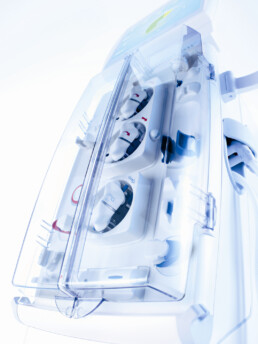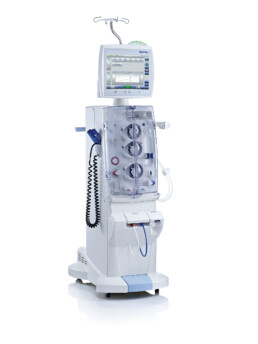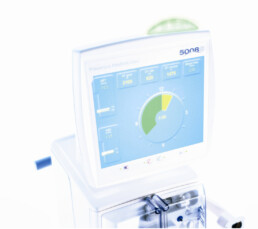Fresenius 5008s Dialysis Machine
“There is a complexity to designing medical equipment that does not exist in other fields. It is not only the very technical and delicate components involved, but also the responsibility the designer has to the patient and clinicians; to put their needs first above all else. The designs must be intuitive, easy to use and minimize human error so that the doctors, nurses and clinicians can focus on their patients needs,” explains Fabio Rezzonico about his experience in medical design.
Client
Fresenius
Service
Design
Year
2008
Designing lifesaving devices
“We started off with Fresenius understanding how much flexibility we had with each part. We mapped out where we could improve and intervene and worked closely with the Fresenius development team to ensure that we were never compromising the safetly of the device,” Rezzonico continues. “Then we created a brand style and color that could be applied to all of the machines. This helps Fresenius brand recgonition and is a jumping off point for future projects.”
“Although I have been designing medical equipment for more than 20 years, I am always acutely aware that what we are working on is going to affect two different people; the patients and the doctors. The doctors and nurses have higher demands, more tasks and patients year after year, they need to work with professional and intuitive equipment.
The patients, on the other hand, are sometimes in critical psycological conditions and they not only need to feel secure that they are receiving the best treatment possible, but they need to know that they are receiving that treatment with the best equipment possible. We try to design from both of these perspectives,” says Rezzonico.
“Design should be integrated and aesthetic and in the case of medical equipment, it especially should be safe, intuitive and essential,” says Rezzonico.


